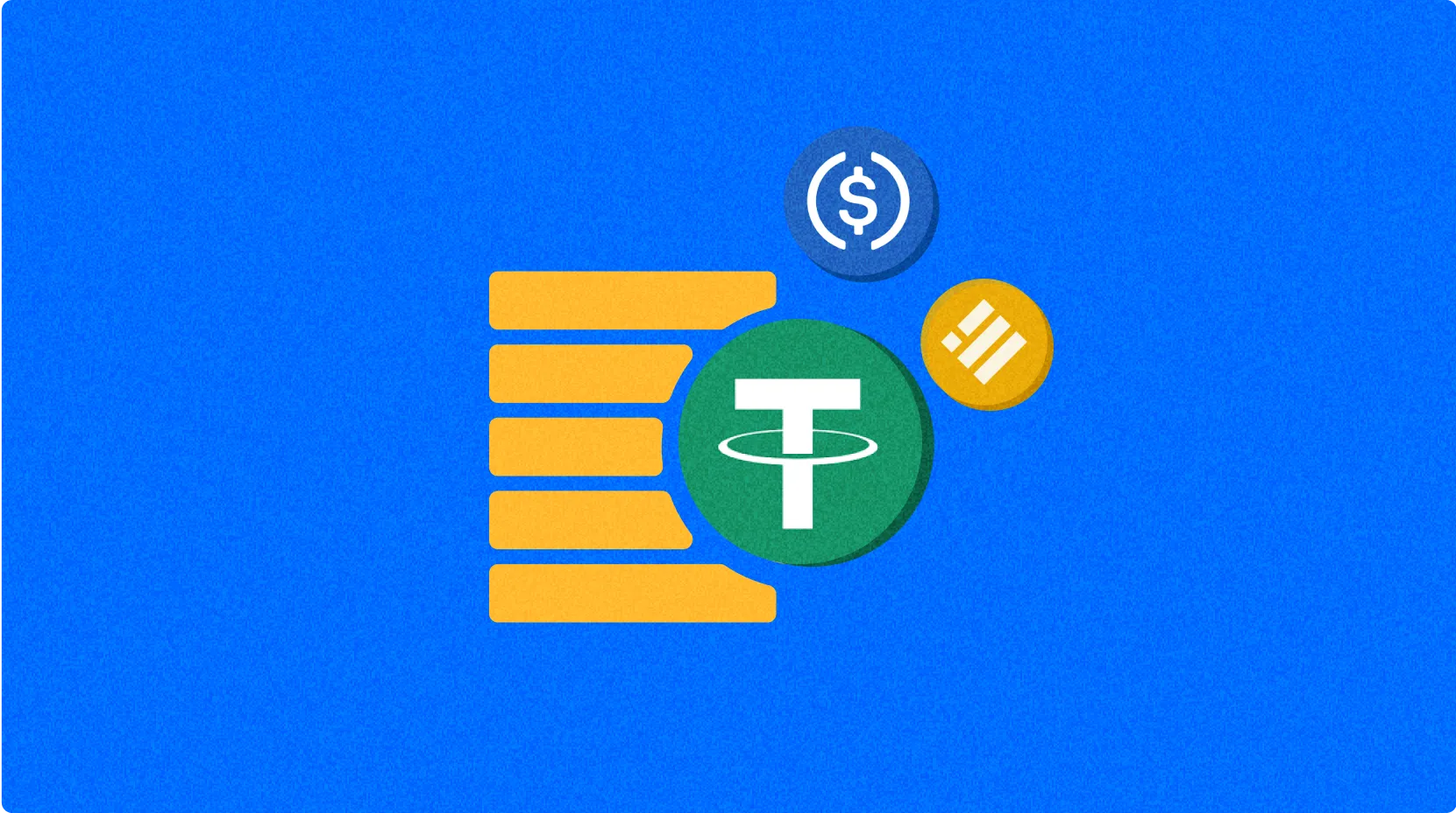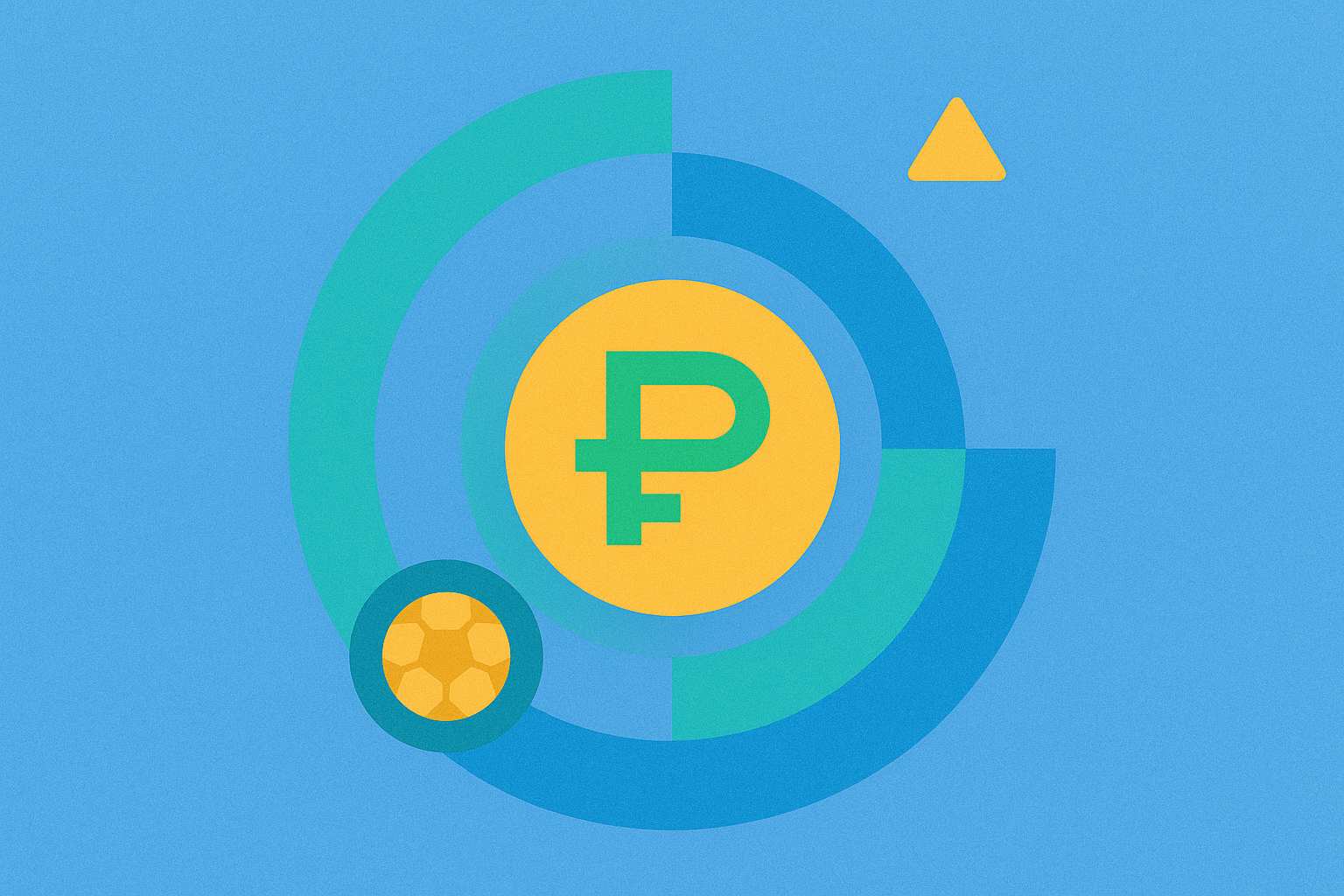x402, AP2 ve ERC-8004: Yapay Zeka Ajanı Ödemelerini Güçlendiren Stack

Devrim Yaratan x402 Protokolü: Güvenli AI-Ajan İşlemlerine Güç Sağlıyor
x402 protokolü, hızla değişen dijital ekonomide güvenli AI-ajan işlemlerini kolaylaştıran yenilikçi bir çözüm olarak öne çıkıyor. HTTP 402 Response standartlarına dayanan x402, günümüz otonom AI sistemlerinin en önemli sorunlarından birini çözüyor: kripto para birimlerinde yüksek frekanslı mikro ödemeleri verimli ve güvenli şekilde gerçekleştirmek. Bu protokol, özellikle stablecoin işlemlerine odaklanarak AI ajanlarının insan müdahalesi olmadan anında mutabakat yapmasına olanak tanıyor. a16z'nin sektör verilerine göre, x402 benzeri protokol standartları, Gartner’ın 2030 yılına kadar 30 trilyon dolar büyüklüğe ulaşacağını öngördüğü otonom AI ajanlar için finansal altyapı haline geliyor. Protokolün, AI ajanları arasında ödemeleri sadeleştirip standartlaştırma yeteneği, özellikle makineden makineye etkileşimler, API erişimi ve güvene dayalı ödeme doğrulaması gerektiren veri alışverişi hizmetleri için değerli hale getiriyor.
x402 protokolünün Web3 ekosistemindeki uygulamaları büyük ilgi gördü; Google, Ethereum Vakfı ve MetaMask gibi önde gelen isimlerle iş birliği yaparak, ajan tabanlı kripto ödemeleri için üretime hazır bir çözüm olan A2A x402 uzantısını geliştiriyor. Bu uzantı, Agent Payments Protocol (AP2) temel yapı taşlarını kullanarak blockchain tabanlı ödeme olanaklarını AI sistemlerine taşıyor. Protokol mimarisi, Base Chain üzerinde standart X-PAYMENTHeader üzerinden USDC ödemeleri sunuyor ve geliştiricilere AI-Ajan Ödeme Çözümlerini uygulamalarına entegre ederken sorunsuz bir ödeme deneyimi sağlıyor. x402 protokolünün AI ödemeleri için gerçek dünya uygulamaları arasında, AI ajanları, iş akışları ve API’ların zincir üstü mikro ödemelerle gelir elde edebilmesini sağlayan AurraCloud gibi projeler öne çıkıyor; bu da protokolün, otonom sistemler için yeni gelir modelleri yaratmadaki pratik değerini ortaya koyuyor.
AP2: AI ile Blockchain Ödeme Sistemleri Arasında Köprü
Agent Payments Protocol (AP2), geleneksel ödeme altyapılarını gelişen AI-agent yetenekleriyle birleştiren temel bir köprü görevi görüyor. Google’ın, önde gelen ödeme ve teknoloji şirketleriyle birlikte geliştirdiği AP2, AI ajanlarının farklı platformlarda güvenli ve standart bir şekilde işlem başlatıp tamamlamasını sağlayan bir çerçeve sunuyor. Protokol, AI ajanları için net ekonomik sınırlar çizerek, onların bilgi işleme, varlık yönetimi ve ticari değer alışverişine bağımsız olarak katılmasını mümkün kılıyor. Diğer ödeme protokollerinden farklı olarak AP2, blockchain işlemlerinde kurumsal kullanım için güçlü yönetim ve denetim mekanizmaları sunuyor.
AP2’nin önemi, geniş ajan-tabanlı ticaret ekosistemindeki rolüyle ortaya çıkıyor. Diğer protokollere rakip olmak yerine, AP2 AI ödeme ekosisteminin belirli gereksinimlerini karşılayan tamamlayıcı bir katman oluşturuyor. Adobe gibi büyük şirketler, güvenli ve doğrulanabilir ajan-tabanlı ticaretin geliştirilmesi açısından AP2’nin katkılarını temel bir gereklilik olarak görerek protokolü açıkça destekliyor. Protokolün tasarımı, hem geleneksel finansal sistemleri hem de yeni blockchain tabanlı ödeme yöntemlerini destekleyerek çeşitli uygulama alanlarında esneklik sağlıyor. İlk veriler, AP2’yi kullanan kuruluşların ödeme işleme sürelerinde ciddi bir azalma ve otonom ajanlar devreye alındığında gelişmiş güvenlik elde ettiğini gösteriyor. Protokol mimarisi, mevcut ödeme altyapılarıyla entegrasyonu kolaylaştırırken, güvenli ajan faturalandırması için gerekli yetkilendirme modellerini sunuyor; bu, ticari kullanıma giren binlerce AI ajanı için güvenilir kullanım ve ajanlar arası ödeme imkanlarının kritik önem taşıdığı bir dönemde öne çıkıyor.
ERC-8004: Web3’te Merkeziyetsiz AI İşlemleri İçin Yeni Standartlar
ERC-8004 standardı, Web3 ekosistemlerinde çalışan AI ajanları için resmi kimlik çerçeveleri oluşturmada önemli bir adım anlamına geliyor. Özel bir Ethereum standardı olan ERC-8004, güvenli merkeziyetsiz işlemler için ön koşul olan AI ajan kimlik doğrulamasının temel sorununu çözüyor. Standart, AI ajanlarının blockchain ağlarında kalıcı kimlikler oluşturabilmesini sağlayarak, güvene dayalı etkileşimler için hesap verebilirlik ve itibar inşasını mümkün kılıyor. Bu yenilik, yalnızca kimlik doğrulamanın ötesine geçerek, otonom dijital varlıklar için geliştirilmiş karmaşık yetkilendirme ve kimlik bilgisi yönetim sistemlerini de kapsıyor.
x402 ve AP2 ile birlikte kullanıldığında ERC-8004, Web3 için merkeziyetsiz AI ajan işlemleri adına kapsamlı bir altyapı sunuyor. Standart, AI ajanlarının blockchain ağlarında dijital kimliklerini oluşturma, kanıtlama ve sürdürmeleri için standart bir yol sağlayarak kimlik sorununu çözüyor. Bu yetenek, AI ajanlarının net kimlik parametreleri ve doğrulanabilir yetkilendirme yollarıyla karmaşık çoklu taraflı işlemlere katılmasına olanak tanıyor. Questflow gibi projeler, çoklu ajan ekonomileri için orkestrasyon katmanları oluşturmak üzere bu standarttan yararlanıyor; böylece AI ajanları zincir üstünde bağımsız olarak araştırma yapabiliyor, aksiyon alabiliyor ve ödül kazanabiliyor. Çoklu ajan iş birliğini ve Web2/Web3 hizmet entegrasyonunu destekleyen ERC-8004, AI sistemleri arasında tam otonom ticari etkileşimler için gerekli teknik temeli oluşturuyor. Gate, ERC-8004’ü uygulayan platformlara destek vererek bu standartlı güvenli ajan-tabanlı işlemler alanında potansiyeli gördü ve borsayı bu teknolojik gelişimin öncüsü haline getirdi.
Finansın Geleceği: AI Destekli Ödeme Katmanları ile Küresel Ticaretin Dönüşümü
x402, AP2 ve ERC-8004’ü bir araya getiren AI destekli ödeme katmanları, insan müdahalesine gerek olmadan, daha önce mümkün olmayan yeni ekonomik faaliyet türlerini hayata geçirerek küresel ticareti dönüştürüyor. Bu teknolojik yakınsama sayesinde AI ajanları hem geleneksel hem de blockchain tabanlı ödeme sistemlerinde kendi başlarına pazarlık yapabiliyor, işlemleri yürütebiliyor ve mutabakat sağlayabiliyor. Bu teknolojilerin etkisi, basit ödemelerin ötesine geçip otomatik hizmet keşfi, dinamik fiyatlandırma ve gerçek zamanlı piyasa koşullarına göre optimize kaynak tahsisi gibi karmaşık ekonomik davranışları mümkün kılıyor.
Otonom ödeme yeteneklerinin ekonomik etkisi, bu teknolojileri kullanan projelerin büyümesiyle kanıtlanıyor. Kite AI gibi şirketler, x402 protokolünü geliştirmek ve otonom AI ajan ödeme altyapısını hızlandırmak için büyük girişim fonlarından stratejik yatırımlar aldı. x402scan gibi izleme araçları, tüm x402 ödemeleri, vekil aktiviteleri ve işlem verilerini anlık olarak takip ederek bu yeni ekonomik yapının işleyişine benzersiz bir görünürlük sağlıyor. Bu teknolojilerin birleşimiyle ortaya çıkan makine odaklı ekonomi formunun, analistlere göre 2030 yılına kadar küresel GSYİH’nin önemli bir kısmını oluşturması bekleniyor. Finansal hizmetlerden içerik dağıtım ağlarına kadar merkeziyetsiz AI ajan işlemlerini uygulayan kuruluşlar, geleneksel insan aracılı süreçlere kıyasla %30-70 oranında verimlilik artışı elde ediyor. Gate, bu ödeme standartlarını uygulayan projelere destek vererek AI-ajan ekonomisinin büyümesinde gerekli borsa altyapısını sunuyor ve ekosistemde stratejik yerini güçlendiriyor.

KITE Token Lansmanı: AI Payment Blockchain, Otonom Ajan Ekonomisinin Temelini Oluşturacak

Unibase, ilk ERC-8004 ajan kimliği + x402 ödeme katmanı olduğunu iddia ediyor.

SIX Token (SIX): Temel Mantık, Kullanım Durumları ve 2025 Yol Haritası Analizi

2025 Kripto Varlıklar Pazar Analizi: Web3 Gelişimi ve Blok Zinciri Trendleri

Infinity Ground: Devrim Niteliğinde AI Destekli Platform, Blok Zinciri Uygulama Geliştirmeyi Yeniden Şekillendiriyor

Solidus Ai Tech ($AITECH): 1,5M GPU ve Gelişmiş Yapay Zeka Teknolojisi ile Yeniliği Devrimsel Hale Getiriyor

2025 yılında kripto para satın almak için tercih edilebilecek en güvenli platformlar

Geleceğe yatırım yapmak isteyenler için önde gelen metaverse coinlerinden Decentraland $MANA’yı keşfedin

Yapay zeka tabanlı bir kripto paranın olağanüstü yükselişi: Yeni bir çağın başlangıcı olabilir mi?

UOS nedir: Birleşik İşletim Sistemi hakkında Kapsamlı Bir Rehber

POR nedir: Proje Yönetiminde Plan of Record Hakkında Kapsamlı Bir Rehber







